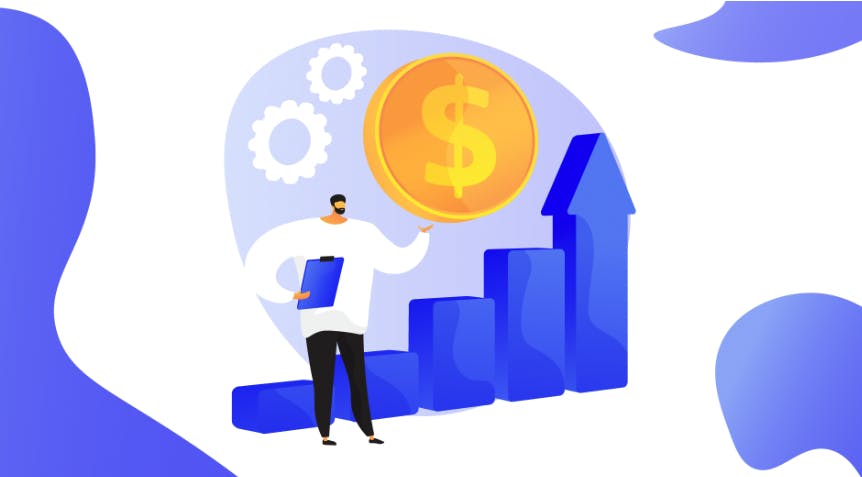Cryptocurrency is the better, simpler, and inexpensive version of our regular everyday currency, which is mainly used for interpersonal transactions. Most people have, unfortunately, misunderstood the idea behind cryptocurrency. It is often thought to be similar to stocks and only meant for trading on the stock exchange – buy cheap and sell for profit.
According to Kris Ress, the strategist and visionary behind the Estonian cryptocurrency Dagcoin, “(...)if we don’t change this attitude and continue to ignore the significant benefits of alternative currencies, then the future of cryptocurrency will become uncertain.”
In September 2019, a short and snappy news title announced: “Bitcoin Chaos Continues”. The contents were ominous – “Cryptocurrency values have collapsed this week and bitcoin has lost nearly a fifth of its value. Bitcoin currently costs 7,346 Euros. As recently as on Monday, the cryptocurrency was valued at over 9,000 Euros.” If you weren’t familiar with the background, you’d think that it was indeed an awful story. Someone will have lost a lot of money.
Sadly, this is just another news story that adds to an already distorted picture of cryptocurrency as something to be traded.
How has this image developed? We’ve all heard incredible stories in the media of people becoming millionaires almost overnight by investing in the right cryptocurrency at the right time, or the kinds of price changes this or that crypto has undergone. A large part of mainstream media focuses primarily on price changes and money-making.
We’re also told that institutional investors, consisting of investment funds, venture capital funds, pension funds, insurance companies and commercial banks, are just about ready to enter into the crypto market, explaining that when this happens, cryptocurrency will become real money, causing a huge buying craze and a price increase.
They paint a hopeful picture to get more and more people to start buying crypto right away so that when institutions do finally enter the market, their investment values will be increased. In reality, it isn’t known if, when and in what direction institutions will enter the crypto market as it will be influenced by future regulations and global developments.
However, if these investments are made and funds buy up large amounts of coins, the division of crypto assets will change from what has already been criticised as a very concentrated distribution, where large amounts of assets or coins are held by a small number of people, to even more condensed distribution.
As a result, the danger of volatile crypto prices will increase even more, as holders of large amounts of coins can flood the market, causing a great rise in offer and decrease in price, which in turn can cause serious financial losses to many people. Ideologically speaking, the holders of one cryptocurrency should be quite dispersed and hold small sums to guarantee stability and wide distribution.
However, as cryptos are currently seen as investment options, everyone looks for opportunities to increase the value of their investment portfolio. There’s no room here for wide distribution and use.
In addition to the media, training courses and crypto chat groups are very one-directional: how to trade better with crypto? When to buy and when to sell? Which project to invest in? How to read graphs and patterns? What news to follow and what not to take seriously?
On the other hand, groups and courses that talk of long-term holdings, the true uses of projects or cryptocurrencies and real value creation, are like the proverbial needle in a haystack.
The future of cryptocurrencies is uncertain if things go on like they have, with the mainstream media and instructors talking of crypto as a financial instrument.






